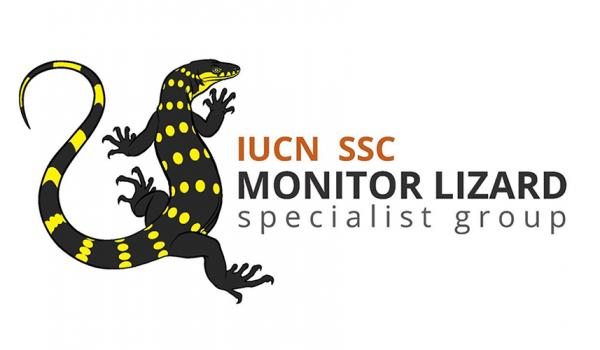PHYLOGEOGRAPHY
Phylogeography, the study of intraspecific geographically-structured genetic variation, has changed dramatically over the last 30 years, and takes the form of several different subdisciplines today. Most phylogeographical studies begin with the simple quantification of genetic structure, visualized in space—and across a two or three dimensional landscape. Statistical phylogeography, historical demography, and landscape genetics represent major developments for making inferences of historical processes with relation to space, but also through recent historical time periods. Coupled with widespread access to inferences of genetic variation throughout the genome, phylogeographic analyses of today involve massive data sets, genomic inference using a wide variety of techniques and data acquisition methods, and powerful statistical inference—most of which continue to focus on recent historical processes, genetic variation through time and space, with focus on the meta-population, within-species variation, or variation among very closely related species. Phylogeographic techniques have been particularly useful in combination with monitor lizard trade forensics, inferences of species boundaries, and applied conservation genetics—with numerous examples in recent years by Welton, and colleagues in the Philippines.
Examples of the depiction of genetic variation within and among species of Philippine monitor lizards; © Rafe Brown




